If you’ve ever watched a weather report, checked in on your favorite airline’s flight tracker, or spent time with boaters, you’ve probably heard speeds reported in “knots.” But have you ever paused and thought, “Wait; how fast is a knot?” Don’t worry, you’re not alone. For most of us land-dwellers, the idea of nautical miles per hour feels like something out of an old sailor’s tale. But it’s not. The knot is a highly relevant unit of speed used daily in marine navigation, aviation, and weather forecasting. Let’s set sail on a journey to precisely define what a knot is, how it works, and why it matters in today’s world.
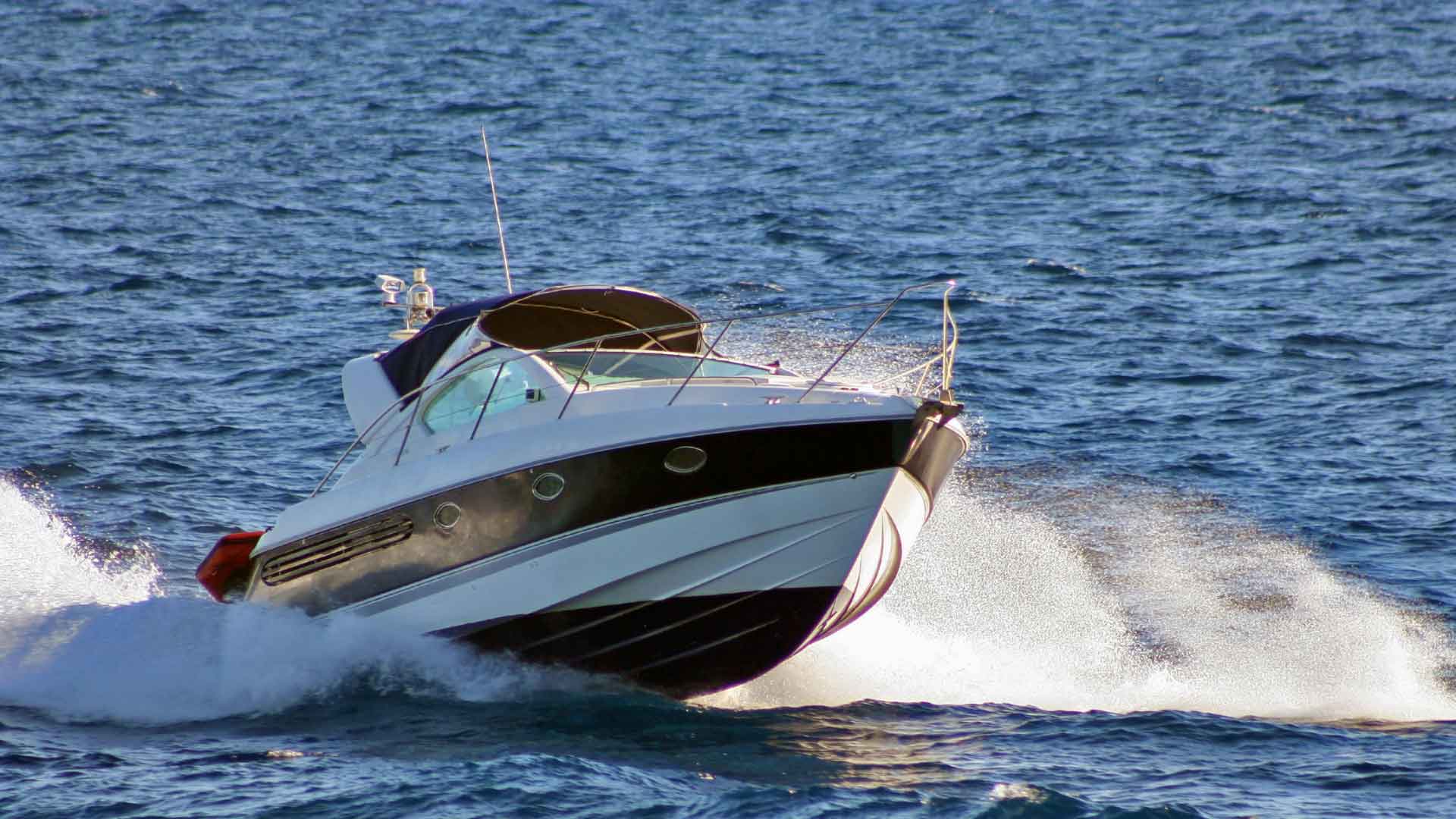
What is a Knot?
At its core, a knot measures speed; specifically, the speed at which a moving vessel travels through air or sea. It’s based on the number of nautical miles traveled in one hour. So, if you hear that your boat is going at a speed of 20 knots, that means it’s moving at 20 nautical miles per hour. Here’s the quick conversion:
1 Knot = 1 Nautical Mile per Hour ≈ 1.15 Miles per Hour
If you’re used to thinking in terms of standard miles per hour, remember that knots are just a bit faster.
What’s a Nautical Mile?
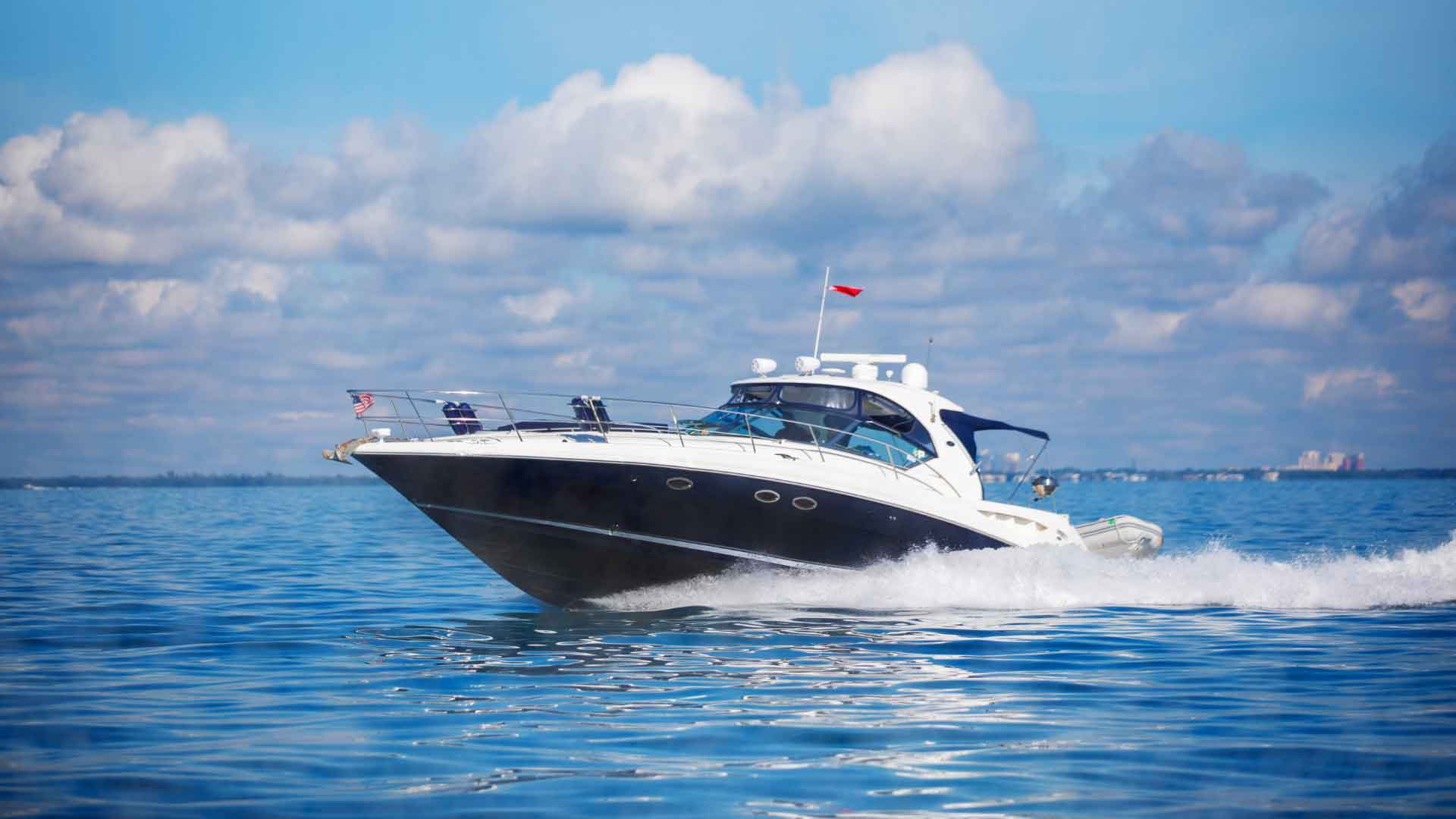
Now that we’ve understood the knot, let’s talk about what makes a nautical mile different from a standard mile. A nautical mile measures distance based on the Earth’s latitude and longitude coordinates. More specifically, one nautical mile equals one minute of arc along a line of latitude. This makes it especially useful in navigation, because it links directly to positions on navigational charts and nautical charts.
Let’s break that down:
- The Earth is divided into degrees of latitude and longitude.
- Each degree is made up of 60 minutes.
- Each of those minutes represents one nautical mile.
- So if you travel one minute of latitude coordinates, you’ve gone exactly one nautical mile.
It’s a very elaborate and practical system designed by sailors, for sailors, and it’s still in use today. The international nautical mile, now used as the global standard, is defined as exactly 1,852 meters, or approximately 1.1508 nautical miles. In contrast, a standard mile is 1,609.34 meters. This means that a nautical mile is slightly longer than a standard mile.
A Bit of History: Ropes, Knots, & Wooden Panels
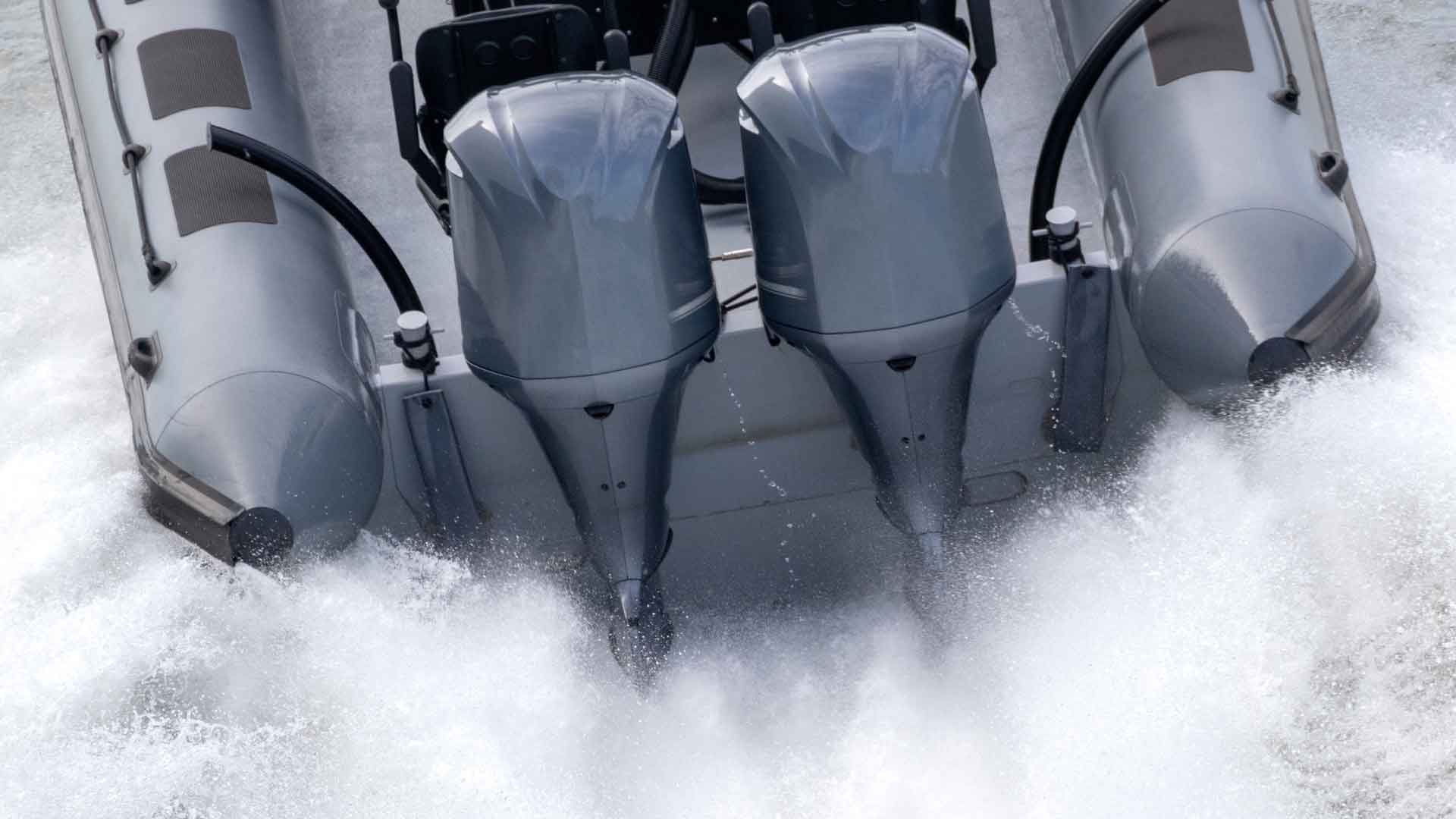
Now that we know what a knot is and how it’s connected to the nautical mile, let’s dive into its origin story. Long before radar, GPS, or even the compass was perfected, sailors needed a way to measure speed. So they used a device called the chip log. Here’s how it worked:
- A wooden panel (the “chip”) was attached to a rope.
- This rope had knots tied at regular intervals, spaced evenly to represent specific distances.
- The sailor would throw the piece of wood overboard at the stern of the ship, letting it float freely behind.
- As the ship moved forward, the rope played out.
- Over a measured period, often one minute, the sailor would count the number of knots that passed through their hands.
The number of knots counted indicated the knot speed, or the number of nautical miles they were traveling per hour. And just like that, the term “knot” was born. The faster the ship moved, the more those evenly spaced knots would be pulled through in that specific amount of time.
Why Use Knots Instead of Miles Per Hour?
If everyone else on land uses miles per hour, why do ships and aircraft still use knots? There are three big reasons:
1. Navigation
Because the nautical mile is directly linked to latitude and longitude coordinates, it simplifies navigation. Distances on navigational charts are drawn using these coordinates. Measuring speed in knots (and distance in nautical miles) makes long-distance travel much easier to calculate.
2. Consistency Across Air and Sea
Knots are used in both marine navigation and aviation, allowing consistent communication of speed. When you’re tracking a ship or an aircraft, using the same measurement system helps avoid confusion.
3. More Accurate Over the Earth’s Surface
The Earth’s longitude lines converge at the poles, but latitude lines are evenly spaced. Since a nautical mile is based on latitude, it provides a more consistent and accurate measurement of distance traveled over the Earth’s curved surface.
Knots in the Air: Not Just for Boats
Knots aren’t just for ships anymore; pilots use them too. When you’re flying at 30,000 feet, you’ll often hear the pilot refer to airspeed in knots. That’s because aircraft, like boats, navigate using latitude and longitude and often cover long distances over the curved surface of the Earth. Using convenient units like knots and nautical miles helps standardize navigation across borders and oceans.
Converting Knots to Miles Per Hour (& Vice Versa)
If you want to convert knots into something more familiar, use this rule:
- 1 knot ≈ 1.15 mph
- 1 mph ≈ 0.87 knots
So, if you’re on a boat cruising at 25 knots, that’s roughly 28.75 miles per hour. If you’re driving a car at 60 mph, that would be about 52 knots.
Ground Speed vs. Knot Speed: What’s the Difference?
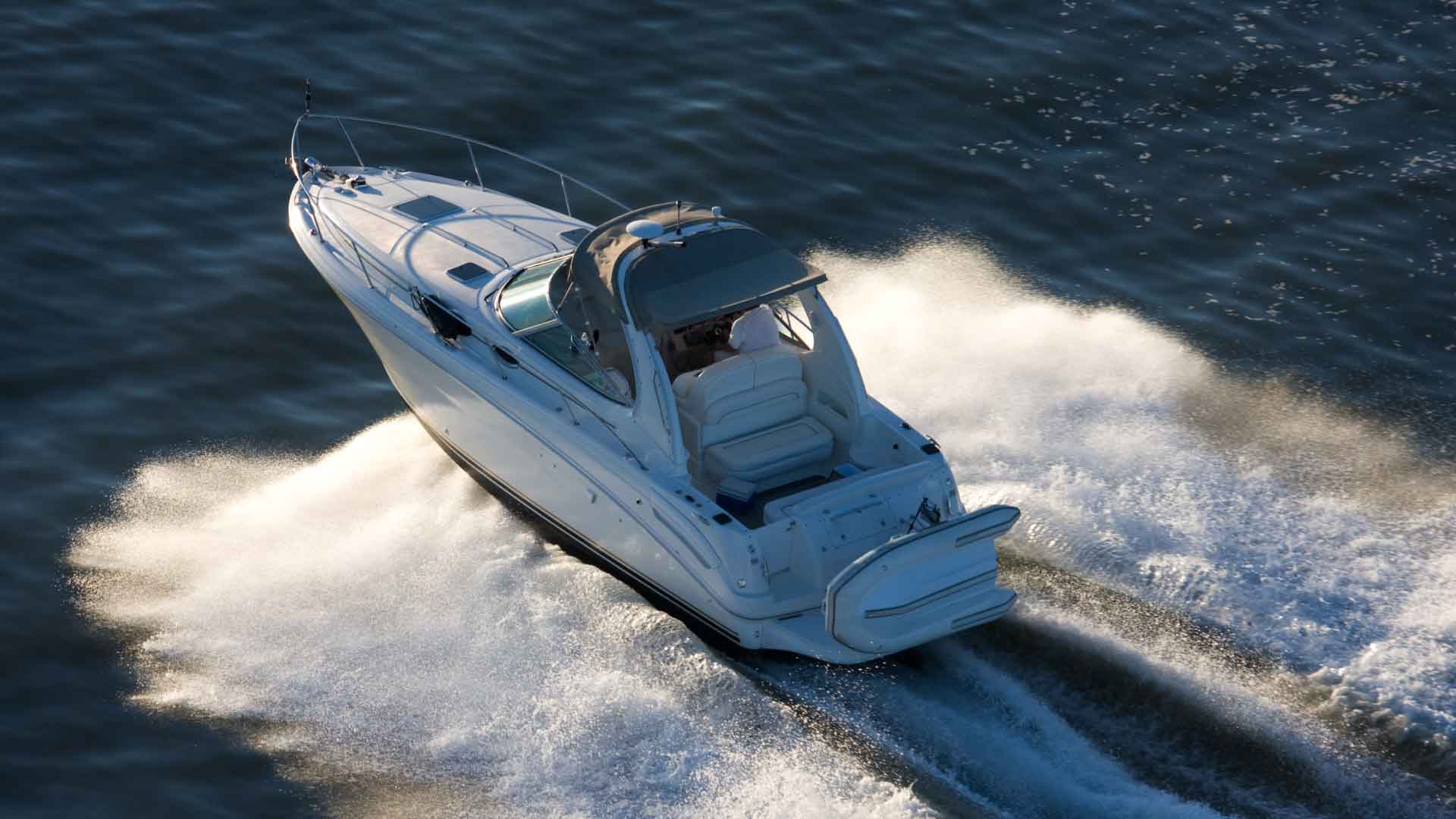
Sometimes you’ll hear terms like ground speed or true airspeed in aviation or boat speed vs. current speed in marine settings. How does knot speed factor into all this?
- Knot speed typically measures the speed at which a vessel is moving through water or air relative to the surrounding medium.
- Ground speed measures how fast you’re moving relative to the ground (or the seafloor, in the case of boats with sonar).
Let’s say a boat is moving at 20 knots, but there’s a current flowing in the opposite direction at 5 knots. Your ground speed would only be 15 knots forward, even though your ship is moving through the sea at 20.
Need help maintaining your boat propellers? Get in touch today!
Why Knot Still Matters Today
Even with GPS and advanced electronics, knots remain crucial for professional sailors, pilots, and weather experts. Where are knots still useful for measuring speed today?
- Weather forecasts for wind and storms report wind speed in knots.
- Most aviation instruments are measured in knots.
- Commercial and naval ships still log their progress in knots and nautical miles.
- All international nautical charts and maps use latitude, longitude, and nautical units.
Understanding the language of knots gives you a better understanding of how navigation works, especially if you’re planning to measure distance or calculate fuel usage on the water or in the air.
Wrapping It Up: How Fast Is a Knot?
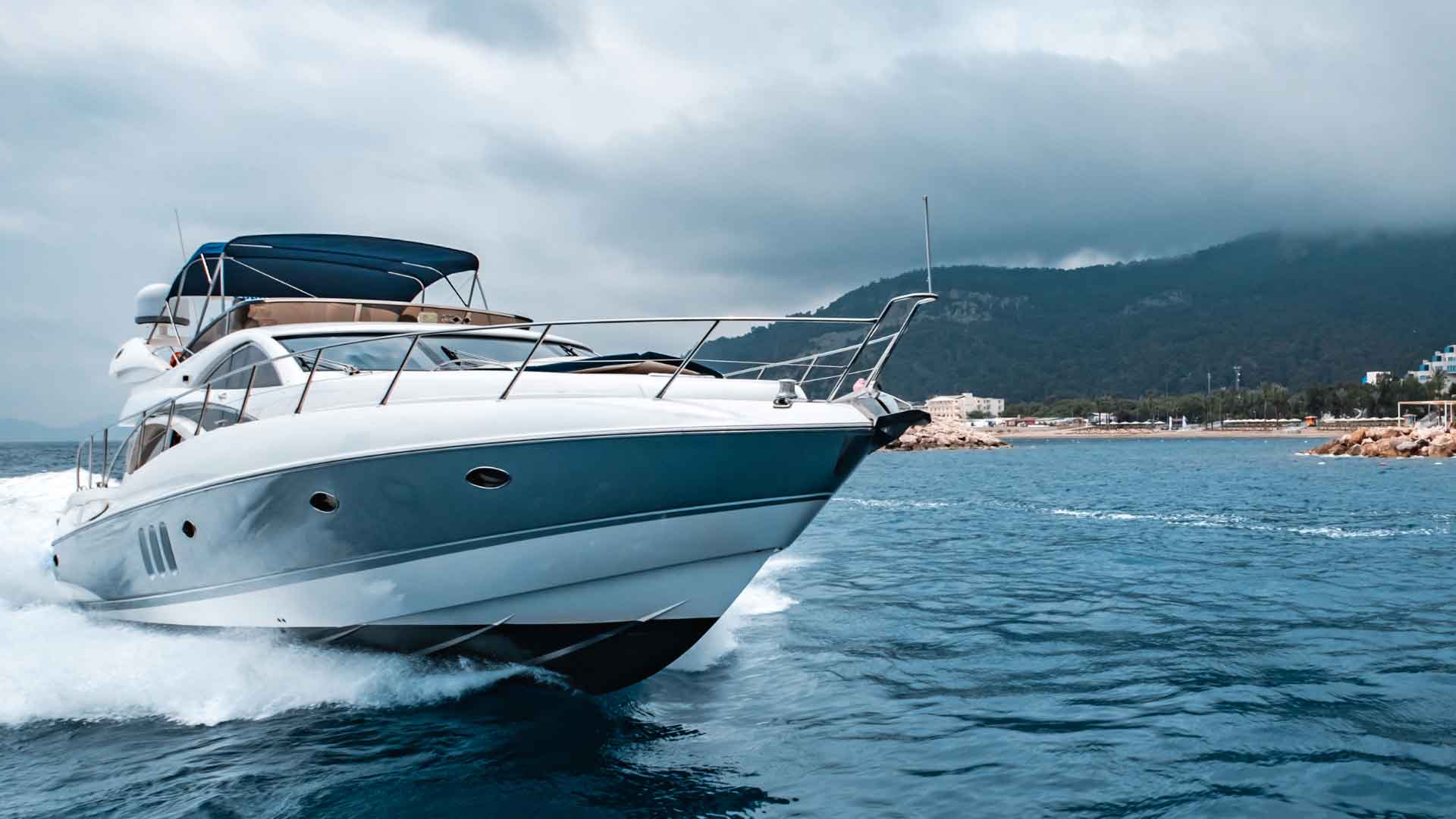
Let’s bring it full circle. How fast is a knot? It’s one nautical mile per hour, which is about 1.15 miles per hour.
- The nautical mile is slightly longer than the standard mile
- It’s based on the Earth’s latitude system
- And it makes navigating across oceans and skies not just easier, but more precise
So, when you’re looking at your boat’s speedometer, reading nautical charts, or watching a plane zoom overhead, remember: those knots are more than just sailor slang. They’re part of a centuries-old system designed to help humans explore, travel, and move through the air and sea with clarity.
And the next time someone asks, “How fast is a knot?” you’ll be the one with the answer, and maybe even a great story about a chip log, a rope, and systematic knots that changed the way we measure speed forever!
Shop with Prop Depot for Top Brands Propellers
Need a new propeller for your boat, or want a professional repair for the existing one? Call Prop Depot, the authorized propeller dealer by the top brands in the industry. You can shop aluminum props, demo and used props, and a full selection of marine accessories and prop pullers by your favorite brands.
We have propeller collections from OJ, Acme, Mercury, Powertech, Solas, Volvo Penta, Quicksilver, and Michigan Wheel. Need repairs? Our professionals handle it all: Acme, OJ, Volvo IPS, duo prop, stainless, Solas Bravo III, and cruiser prop repair. Contact us now to shop a new propeller, or ship in yours today!
